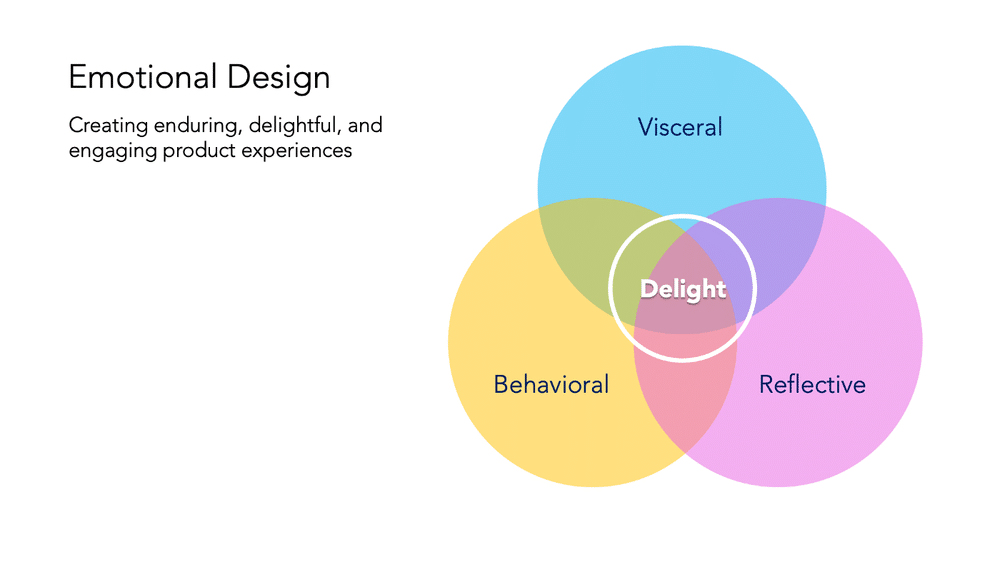Imagine ignoring years of the design process wherein you ideate, sketch, and execute. Instead of just seeing higher-resolution graphics and more modern layouts.
Imagine experiencing products that can also understand how you want to feel—and then deliver for you accordingly. Keep reading for a new era in design.
What is Emotional Experience Design?

Designers are always looking for new ways to engage users. Emotional Experience Design is an approach that considers the user’s emotional state while they are interacting with a product or service. The goal is to create an experience that is not only functional but also pleasurable and memorable.
There are many factors that go into designing an emotionally satisfying experience. The first step is to understand the user’s needs and desires. What are they hoping to achieve by using this product or service? How can we make their experience more enjoyable?
Once we have a good understanding of the user’s objectives, we can start to design around those emotions. We want to create positive associations with the product so that users will enjoy using it and want to come back for more. There are many ways to do this, but some common techniques include using pleasant colours, softening sharp edges, and incorporating calming sounds or scents.
It’s important to keep in mind that everyone experiences emotions differently. What works for one person might not work for another. That’s why it’s important to test our designs with actual users before rolling them out to the masses. Only through feedback can we fine-tune our designs and ensure that they’re truly effective at eliciting the desired emotional response.
How Does Emotional Experience Shake Up the Rules of Design?

In the world of design, there are certain rules and guidelines that are typically followed in order to create a visually appealing and functional space. However, emotional experience design is shaking up these traditional rules and instead focusing on creating spaces that evoke specific emotions in people.
Some of the most common emotions that are targeted by emotional experience designers include happiness, relaxation, excitement, and intrigue. By carefully studying how different colours, textures, lighting, and even smells can affect our emotions, they are able to create environments that trigger these feelings in people.
One of the most important aspects of emotional experience design is that it takes into account the user’s journey through space. Every detail, from the entrance to the exit, is carefully planned out in order to create a seamless and cohesive experience that leads the user through a range of emotions.
What sets emotional experience design apart from other approaches is its focus on using all five senses to create an impactful experience. Sight, sound, smell, touch, and taste are all utilised in order to create a space that is truly memorable and enjoyable for everyone who visits it.
If you’re looking for a truly unique and emotionally charged design experience, be sure to keep an eye out for projects by emotional experience designers!
Is Emotional Experience Design More Positive than Negative?

When it comes to the field of emotional experience design, there are contrasting opinions on its overall effectiveness. Some say that it has contributed immensely to the advancement of our society, while others claim that it is nothing more than a fad.
However, the majority of experts agree that emotional experience design is more positive than negative.
Here are some of the reasons why:
1. It Helps People Connect with Their Emotions
In a world where we are constantly bombarded with information and stimuli, it can be hard to connect with our emotions. Emotional experience design helps us to slow down and connect with our feelings in a safe and healthy way.
This can lead to greater self-awareness and understanding, which are key ingredients for happiness and success in life.
2. It Encourages Positive Emotional States
Because emotional experience design focuses on creating positive emotions, it naturally encourages states such as happiness, joy, love, and peace.
These emotions are not only pleasurable in themselves, but they also have proven benefits for our physical health. For example, research has shown that happiness can boost immunity, lower stress levels, and even improve cardiovascular health.
3. It Can Help Us Overcome Negative Emotions
While emotional experience design is mostly about creating positive emotions, it can also be used to help us overcome negative emotions such as anger, sadness, and fear.
By slowly and carefully exploring these emotions in a safe environment, we can learn to understand and accept them, which can lead to lasting emotional healing.
4. It Teaches Us Important Life Skills
In addition to helping us connect with our emotions, emotional experience design can also teach us important life skills such as empathy, communication, and stress management. These skills are essential for success in both our personal and professional lives.
5. It’s an Effective Therapeutic Tool
Emotional experience design is not just a theoretical concept – it’s also an effective therapeutic tool that is used by counsellors and therapists all over the world.
In fact, many experts believe that emotional experience design will eventually replace traditional “talk therapy” as the preferred method of treatment for mental health disorders.
As designers, we believe that adding an emotional aspect to the design always brings out the best in them & helps convey the message effectively while retaining the audiences’ attention.
Waiting for Intuition in Space(time): Where’s my Emotional Experience Design?

The field of experience design is constantly evolving and growing. As we move into new frontiers, we are increasingly relying on intuition to guide us. This can be a tricky balancing act, as we don’t want to over-rely on our intuition and ignore other important factors.
One area where this is particularly relevant is in the field of space(time) exploration. We are always looking for new ways to explore and understand our universe, and emotion plays a big role in this. Emotional experience design can help us to tap into our intuition and create experiences that are both meaningful and memorable.
It can be easy to get lost in the endless possibilities of space(time), but by staying attuned to our emotions, we can ensure that we are making the most of every moment. With emotional experience design, we can create truly unique experiences that will stay with us long after we’ve returned home.
Conclusion
As we continue to explore the field of emotional experience design, it’s exciting to think about all the new possibilities that are out there. We are only just scratching the surface of what is possible and we can’t wait to see what else is in store.
Thank you for joining us on this journey and we hope you’ll continue to follow us as we push boundaries and explore the new frontier of emotional experience design.









